It takes a lot of love to make light, flaky gluten-free phyllo dough at home. It’s worth learning to make this delicate dough because you can’t buy it in supermarkets. Whether you’re dreaming of crafting spanakopita or exploring the endless possibilities of this Greek pastry dough, this homemade recipe offers the Very Best Way to bring your ideas to life. Start by carefully reading the directions all the way through—it makes the entire process smoother, from making and rolling to baking.
The Art of Making Phyllo Dough Without Gluten
You will need to be patient and precise in order to make the ideal phyllo dough. Don’t worry if the dough isn’t as paper-thin as you would want on your first try. You will be closer to the thinnest, crispiest, butteriest texture with every try. Picture applying melted butter to these delicate layers to create delectable appetisers, desserts, or snacks that will be enjoyed by everybody.
This most delicate pastry dough, which has its roots in Turkey, has become a popular foundation for traditional dishes like apple strudel, baklava, and more. You can even prepare it beforehand if you follow the proper handling and storage instructions. This recipe has undergone extensive testing and is a true revolution in gluten-free baking, providing countless opportunities to create and savour delicious sweets.
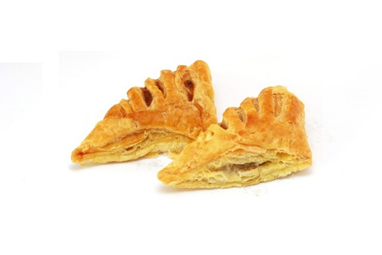
Phyllo Dough: What Is It?
Filo pastry, sometimes referred to as phyllo dough, is a distinctive unleavened pastry that is distinguished by its sheets that are as thin as paper. Popular in Middle Eastern, Greek, and Balkan cuisines, it’s frequently used to make delectable meals like borek, spanakopita, and baklava. Wheat flour, water, melted butter or a small amount of oil, and occasionally a little vinegar to increase its stretchability are the ingredients of traditional filo dough.
For rich, flaky foods, it is ideal for stacking in layers after being meticulously rolled and stretched by hand until it is incredibly thin.
Sheets of phyllo dough are brushed with butter or oil before being stacked, in contrast to croissant or puff dough, which is laminated with butter. When baked, this technique gives the pastry its distinctively crisp texture.
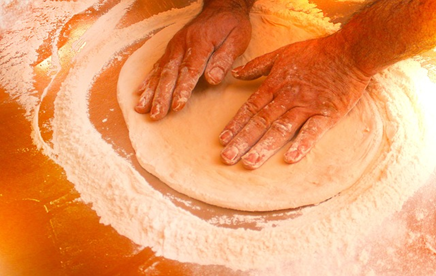
Ingredients For Dough
There are only seven ingredients needed to produce the ideal gluten-free phyllo dough, and they are all common pantry items.
3 ½ cups (490 g) of all-purpose gluten-free flour blend should be used first.
If xanthan gum is already included in your flour blend, add 2 ¼ teaspoons of it; otherwise, leave it out.
Add ¾ cup (85 g) of Expandex modified tapioca starch for added stretch, which gives the dough its thin, flexible texture.
Add ¼ cup (56 g) extra-virgin olive oil for richness and 1 teaspoon kosher salt for taste. Three tablespoons of freshly squeezed lemon juice, or around one medium lemon, add a little acidity to the dough to help balance it.
To get the proper consistency, you’ll also need 1½ cups (12 fluid ounces) of lukewarm water.
Make a soft, extensible dough using 2 tablespoons of psyllium husk for extra elasticity.
To make the dough suitable for both savoury and sweet recipes, add a small amount of sugar (caster, superfine, or granulated sugar are alternatives) without making it overly sweet.
Finally, to add a rich, flaky texture and avoid hardness, brush the layers with melted unsalted butter. Use a vegan baking block, such as Stork, if you’re cooking it dairy-free.
Ingredients for Spanakopita
Making spanakopita with phyllo dough that is gluten-free is an easy and satisfying process. You’ll need only a few essential ingredients to get started.
Heat 1 tablespoon (14 g) of extra-virgin olive oil in a skillet, and sauté a medium onion, finely peeled and diced.
Add 16 ounces of fresh spinach or defrosted frozen whole leaf spinach. Allow to cook until soft, then remove to cool.
Crumble four ounces of feta cheese and combine it with one egg (50 g, weighed out of shell) at room temperature to make the filling.
To enhance the tastes, add freshly ground black pepper and ⅛ teaspoon of kosher salt.
This mixture should be blended with the cold spinach to create a creamy and savoury filling.
Before building, brush each gluten-free phyllo dough sheet with 3 tablespoons (42 g) of melted unsalted butter, adding more if needed, to ensure even layering. This stage gives the spanakopita its golden, crispy texture. Layer the spinach mixture onto the sheets, then bake them until they are beautifully browned and crispy.
This recipe captures the essence of traditional spanakopita and is suitable for those who enjoy gluten-free baking. The combination of spinach, feta, butter, and phyllo pastry creates a tasty dish that is suitable for any occasion.
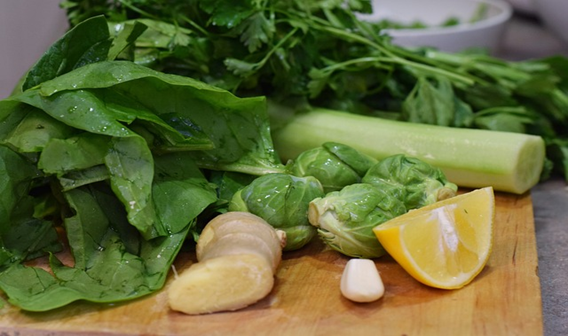
Making of Dough
The first step in creating the ideal gluten-free phyllo dough is to combine the dry ingredients.
Combine the gluten-free flour, salt, xanthan gum, and Expandex in a large bowl.
Whisk the mixture well to ensure everything is evenly distributed.
Create a well in the center and add olive oil, lemon juice, and water.
Stir everything together to form a thick dough.
Once the dough starts to come together, press it into a ball and cover it with a moist towel.
Let it sit for about 20 minutes so the dough can stiffen as it absorbs the water.
After the dough has rested, pull off pieces about 3 ounces in weight.
Using your fingers, press them into disks.
Roll each piece into an approximate 8-inch-long rectangle on a level surface.
As you proceed, lightly dust with gluten-free flour.
Continue to roll it out until it measures 12 by 10 inches.
Trim the edges into a tidy rectangle using a pizza wheel, cutter, or sharp knife.
Place each piece on parchment paper and dust with additional flour on both sides. The remnants can be stored for later use.
Additional Guidance
You can keep this dough in the fridge until it’s time to use it, or freeze it for later recipes like baklava. Before usage, make sure to allow it to thaw at room temperature. The key to a smooth dough is the patience to knead it properly, squeezing it through your fingers and scraping off any patches of dry flour. The final product should be springy and slightly sticky until the moisture is absorbed, leaving a smooth, homogeneous dough that’s ready for use.
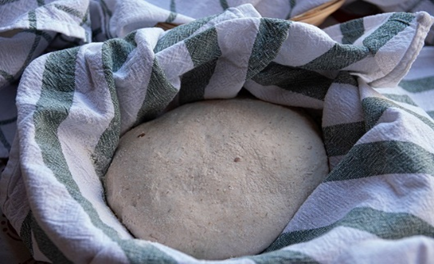
Tips for Rolling the Phyllo Dough
For thin, even sheets of gluten-free phyllo dough, the proper rolling method is essential.
To keep the dough from sticking, start by liberally dusting your work area with a gluten-free flour blend.
Using your fingers, gently press and move the dough into a rectangle. As you begin rolling, use a rolling pin and gently move it from the center of the dough outwards, applying minimal pressure to avoid tearing or creasing.
Keep the dough in a large airtight container when not in use to prevent drying.
To guarantee even stretching, always turn the dough as you spread it out, preferably counterclockwise. Roll the dough slowly, checking for evenness and avoiding overworking it, as the goal is to obtain paper-thin sheets.
For the maximum stretching and thinning, use a thin rolling pin.
To lessen stickiness, place plastic wrap over and underneath the dough if you need assistance handling it.
Until the dough is sufficiently thin, usually around 1 mm thick, keep rolling and stretching it.
Patience is key—don’t rush the process and take your time to work your way around the dough, ensuring it remains slightly circular or rectangular as desired.
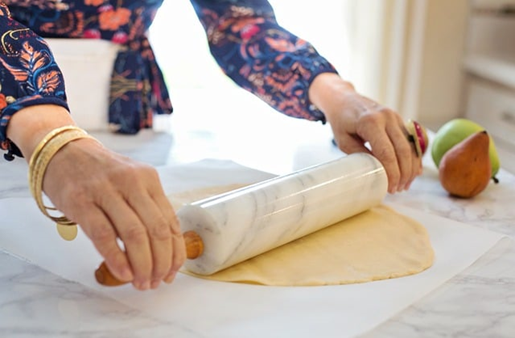
Make Sure It Doesn’t Adhere to the Surface
It’s normal for the pastry to become stuck in some spots when you’re rolling it out, especially because the dough is thin and big. To get it unstuck, I wouldn’t suggest attempting to lift it from underneath as this could result in tearing. Instead, here’s a method that works well to prevent sticking.
First, hold one edge of the sheet and slowly slide it, folding the dough in half. Next, sprinkle a little amount of gluten-free flour blend on the exposed work area. Once that’s done, unfold the dough and continue the process by folding the pastry from the opposite side. This will disclose the other section of the surface. To prevent the dough from sticking as you roll, sprinkle it with flour once more. You don’t have to fold the dough again if you see that the edges are sticking. To remove the trapped parts, just slide a bench scraper softly below. By using this technique, you can maintain the pastry’s smooth motion throughout the operation.
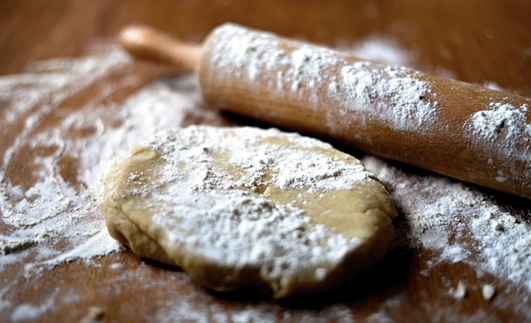
Equipment
When preparing gluten-free phyllo dough, having the right equipment makes the process much easier.
A stand mixer with a paddle attachment is a great tool to mix the ingredients smoothly.
For mixing by hand, having sturdy mixing bowls, like Pyrex, can help keep everything organized.
Once the dough is ready, use a traditional rolling pin—preferably a wooden one—to roll it out evenly.
These tools will make your dough preparation much smoother and efficient, allowing you to create perfect phyllo dough with ease.
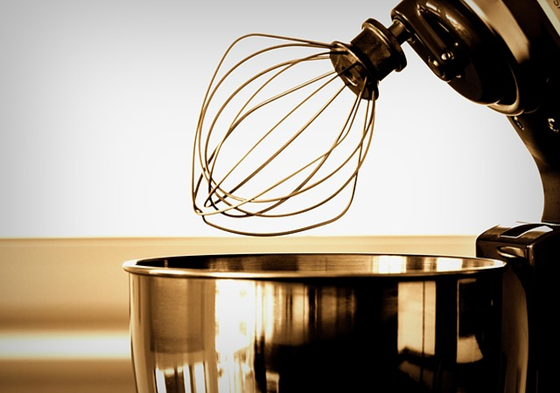
What Makes This Gluten Free Phyllo Dough So Amazing?
You won’t have to give up your favorite delicacies any longer thanks to this tried-and-true recipe for gluten-free phyllo dough. This dough will look great in appetisers, snacks, entrees, or desserts.
The dough bakes into a thin, crispy, buttery sheet with an amazing texture. It is ideal for recipes like baklava, apple strudel, and spanakopita since it is so thin that it is paper-thin. All of your favorite baked items will taste exactly as fantastic as the classics thanks to the dough’s perfect consistency.
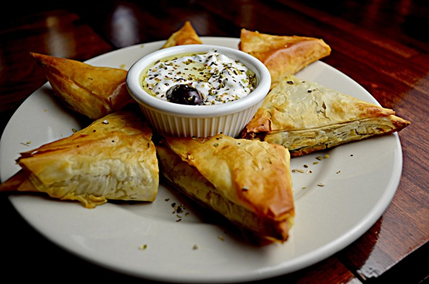
Difference between Homemade and Store-Bought Ready-Made Phyllo Dough
Homemade filo pastry is pliable, soft, and flexible, making it easier to work with for recipes like spanakopita or baklava. However, store-bought, premade filo pastry sheets, which are frequently frozen or kept in the refrigerator, are typically considerably drier, less flexible, and more likely to break when you try to fold or roll them. The two are balanced in this gluten-free filo dough, though. It lacks the softness and pliability of homemade dough produced with wheat, but it also lacks the delicate and dry qualities of store-bought equivalents. You won’t have to deal with as much tearing or cracking when preparing your favorite filo recipes because of this.
FAQ’s:
Does phyllo dough include gluten?
No, wheat flour, which contains gluten, is used to make phyllo dough historically. This indicates that it is unsafe for someone on a gluten-free diet. However, a particular gluten free recipe that uses gluten-free flour instead of wheat flour can be used to create a gluten-free version of phyllo dough.
Are puff pastry and phyllo dough interchangeable?
Puff pastry and phyllo dough are two different kinds of pastry. While puff pastry is laminated and created with flour and chilled butter, producing several flaky layers, phyllo dough is a thin rolled dough that is usually produced with flour, oil, and water. Unlike puff pastry, each sheet of phyllo dough bakes as a single layer.
Can spring rolls be made with phyllo dough?
Yes, you can create spring rolls with phyllo dough! After baking, the texture of phyllo dough is quite similar to that of conventional spring rolls made with flour and water. But note that rice paper wrappers, which are paper-thin and formed from rice paste and water, are not the same as spring roll wrappers. Before using, rehydrate these in lukewarm water.
